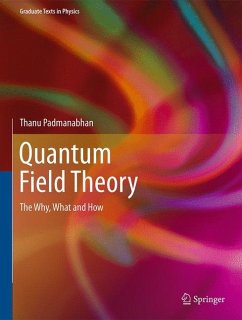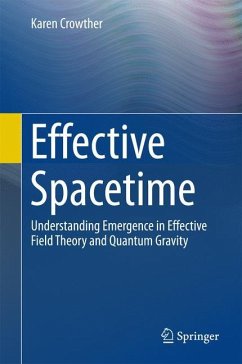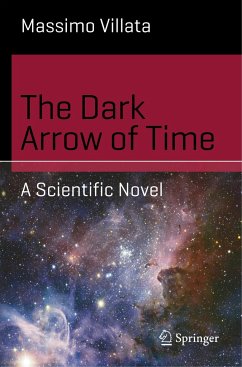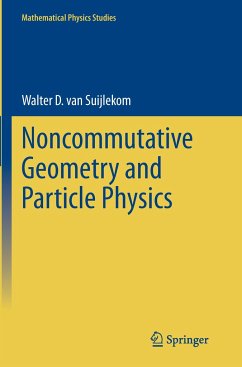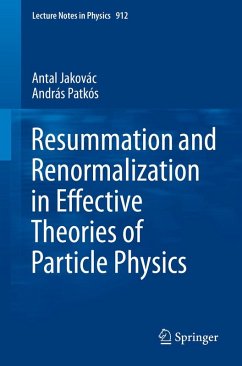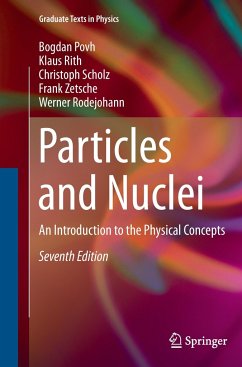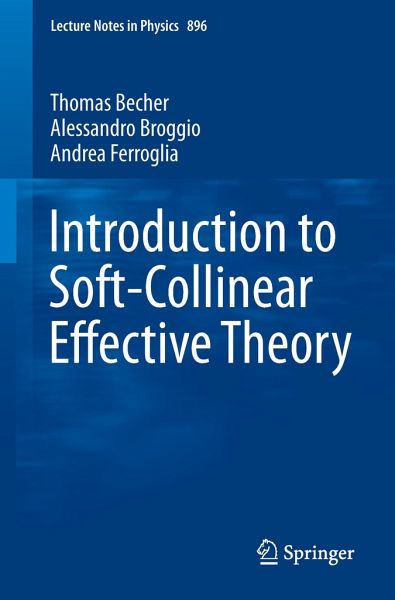
Introduction to Soft-Collinear Effective Theory

PAYBACK Punkte
17 °P sammeln!
Among resummation techniques for perturbative QCD in the context of collider and flavor physics, soft-collinear effective theory (SCET) has emerged as both a powerful and versatile tool, having been applied to a large variety of processes, from B-meson decays to jet production at the LHC.This book provides a concise, pedagogical introduction to this technique. It discusses the expansion of Feynman diagrams around the high-energy limit, followed by the explicit construction of the effective Lagrangian - first for a scalar theory, then for QCD. The underlying concepts are illustrated with the qu...
Among resummation techniques for perturbative QCD in the context of collider and flavor physics, soft-collinear effective theory (SCET) has emerged as both a powerful and versatile tool, having been applied to a large variety of processes, from B-meson decays to jet production at the LHC.
This book provides a concise, pedagogical introduction to this technique. It discusses the expansion of Feynman diagrams around the high-energy limit, followed by the explicit construction of the effective Lagrangian - first for a scalar theory, then for QCD. The underlying concepts are illustrated with the quark vector form factor at large momentum transfer, and the formalism is applied to compute soft-gluon resummation and to perform transverse-momentum resummation for the Drell-Yan process utilizing renormalization group evolution in SCET. Finally, the infrared structure of n-point gauge-theory amplitudes is analyzed by relating them to effective-theory operators.
This text is suitable for graduate students and non-specialist researchers alike as it requires only basic knowledge of perturbative QCD.
This book provides a concise, pedagogical introduction to this technique. It discusses the expansion of Feynman diagrams around the high-energy limit, followed by the explicit construction of the effective Lagrangian - first for a scalar theory, then for QCD. The underlying concepts are illustrated with the quark vector form factor at large momentum transfer, and the formalism is applied to compute soft-gluon resummation and to perform transverse-momentum resummation for the Drell-Yan process utilizing renormalization group evolution in SCET. Finally, the infrared structure of n-point gauge-theory amplitudes is analyzed by relating them to effective-theory operators.
This text is suitable for graduate students and non-specialist researchers alike as it requires only basic knowledge of perturbative QCD.





